Sustainable Agriculture Practices
The increasing emphasis on sustainable agriculture practices appears to be a primary driver for the Integrated Pest Management Pheromone Market. Farmers and agricultural stakeholders are increasingly adopting methods that minimize chemical pesticide use, thereby promoting environmental health. This shift is likely influenced by regulatory frameworks and consumer preferences for eco-friendly products. The market for pheromones, which are natural and less harmful alternatives, is projected to grow as more farmers seek to comply with sustainability standards. In fact, the Integrated Pest Management Pheromone Market is expected to witness a compound annual growth rate of approximately 12% over the next five years, reflecting the rising adoption of sustainable practices.
Consumer Demand for Organic Products
The rising consumer demand for organic products is a notable driver for the Integrated Pest Management Pheromone Market. As consumers become more health-conscious and environmentally aware, they increasingly prefer food products that are free from synthetic pesticides. This trend is compelling farmers to adopt pheromone-based pest control methods, which align with organic farming principles. The market for organic produce is expected to grow at a rate of 10% annually, further propelling the demand for pheromones as a viable pest management solution. Consequently, the Integrated Pest Management Pheromone Market is likely to benefit from this shift in consumer preferences.
Increased Awareness of Pest Resistance
The growing awareness of pest resistance to conventional pesticides is driving interest in the Integrated Pest Management Pheromone Market. As pests evolve and develop resistance to chemical treatments, farmers are seeking alternative solutions to maintain crop health and yield. Pheromones, which disrupt pest mating and behavior, offer a promising strategy to combat this issue. The market is likely to see a surge in demand as agricultural professionals recognize the long-term benefits of integrating pheromones into their pest management strategies. Estimates suggest that the Integrated Pest Management Pheromone Market could experience a growth rate of 11% annually, reflecting this increasing awareness.
Technological Advancements in Pest Control
Technological advancements in pest control methodologies are significantly shaping the Integrated Pest Management Pheromone Market. Innovations such as precision agriculture and smart pest monitoring systems are enhancing the efficacy of pheromone applications. These technologies allow for targeted pest management, reducing waste and improving crop yields. The integration of data analytics and IoT devices in pest management is likely to optimize the use of pheromones, making them more effective and cost-efficient. As a result, the market is projected to expand, with estimates suggesting a valuation increase to over 1 billion USD by 2027, driven by these technological enhancements.
Regulatory Support for Eco-Friendly Solutions
Regulatory support for eco-friendly pest control solutions is emerging as a crucial driver for the Integrated Pest Management Pheromone Market. Governments and agricultural bodies are increasingly implementing policies that encourage the use of biological pest control methods, including pheromones. These regulations aim to reduce the reliance on harmful chemical pesticides, thereby promoting public health and environmental sustainability. As a result, the market for pheromones is expected to expand, with projections indicating a potential increase in market share by 15% over the next few years. This regulatory landscape is likely to create a favorable environment for the growth of the Integrated Pest Management Pheromone Market.


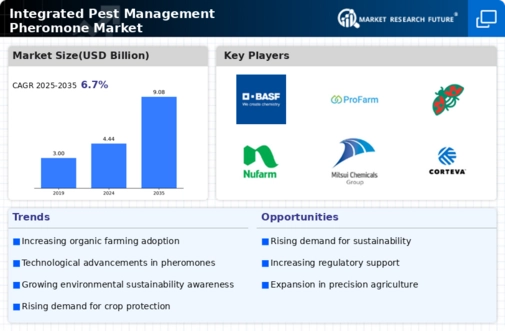
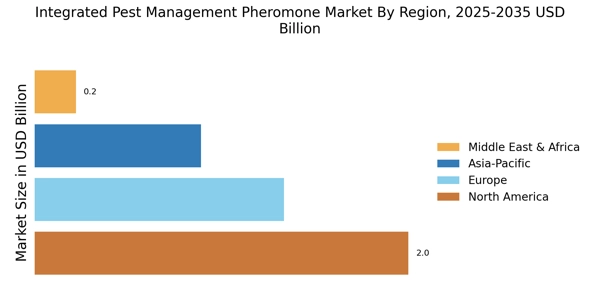
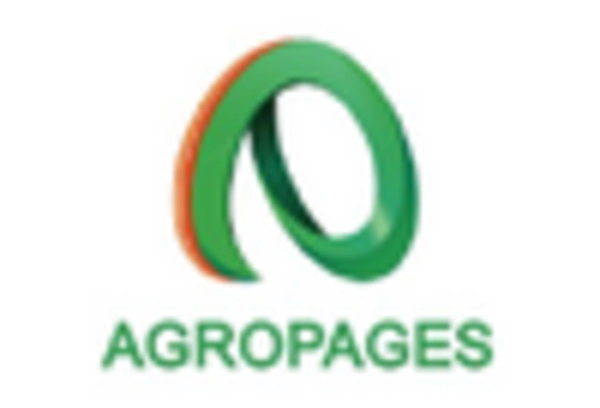


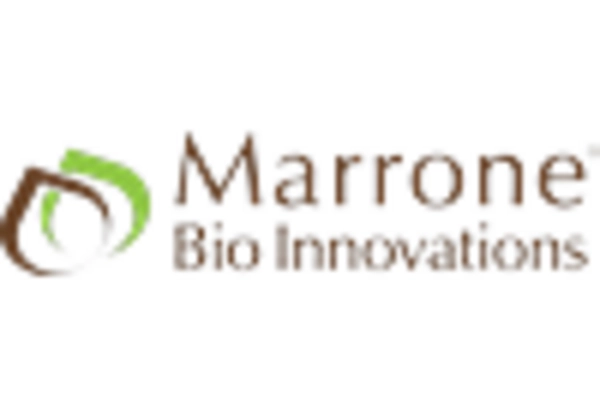
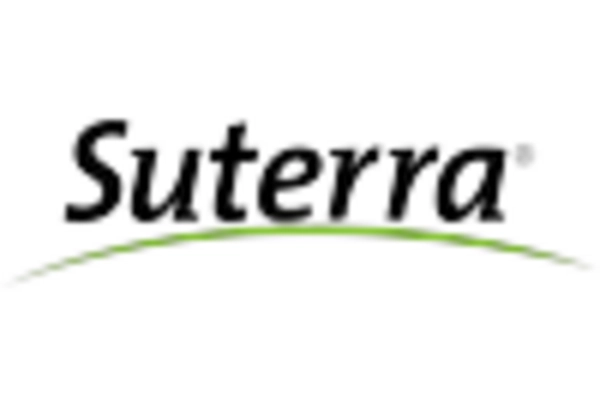
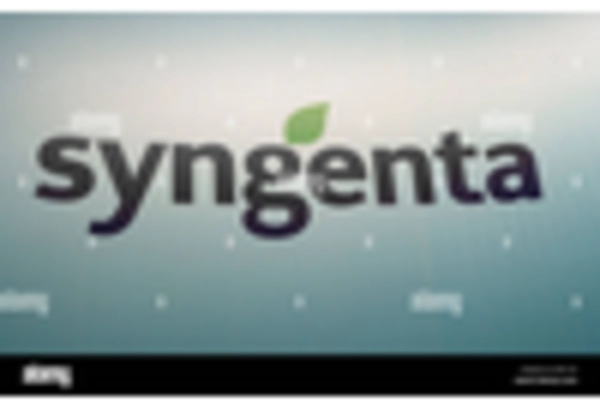








Leave a Comment